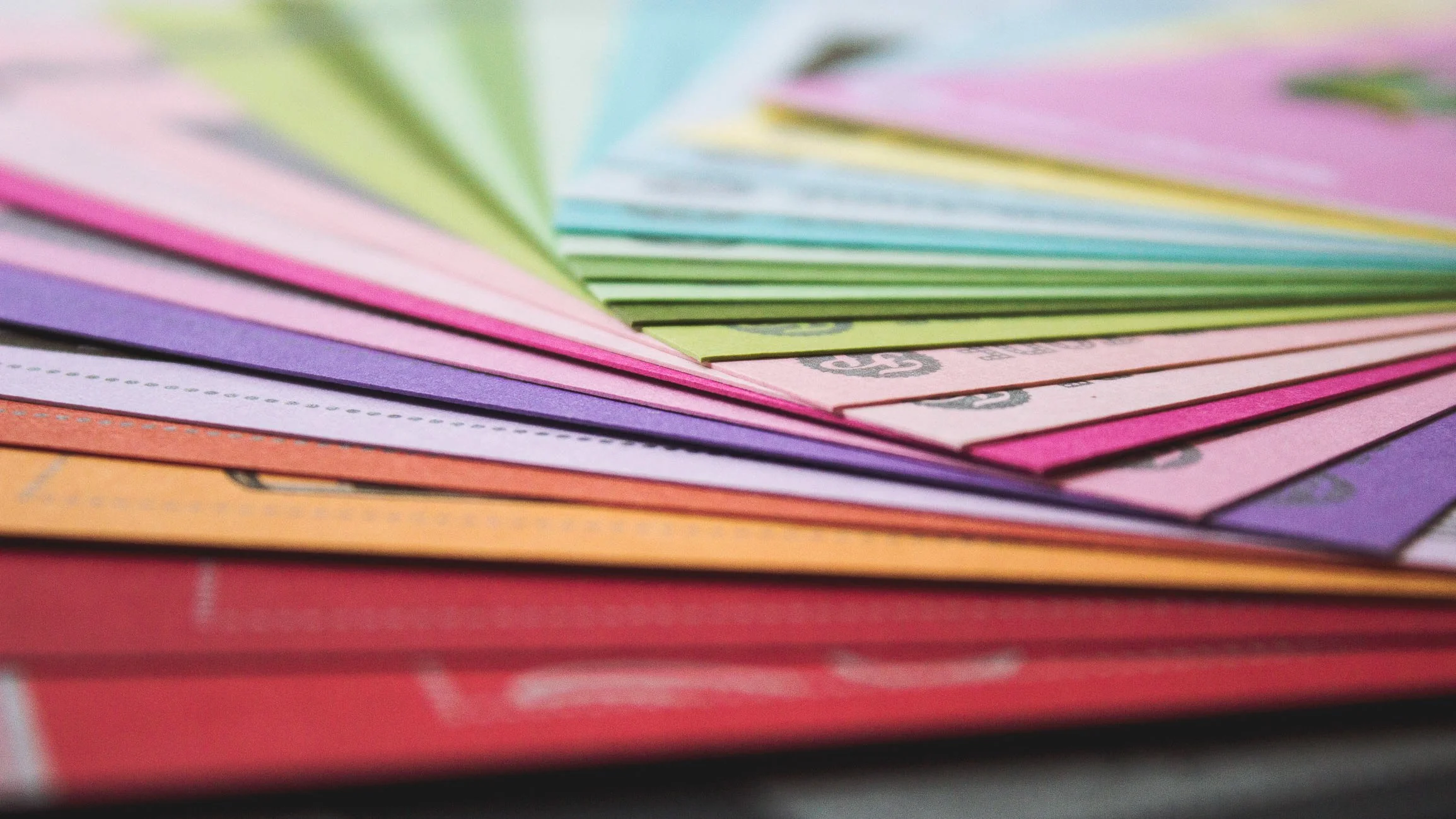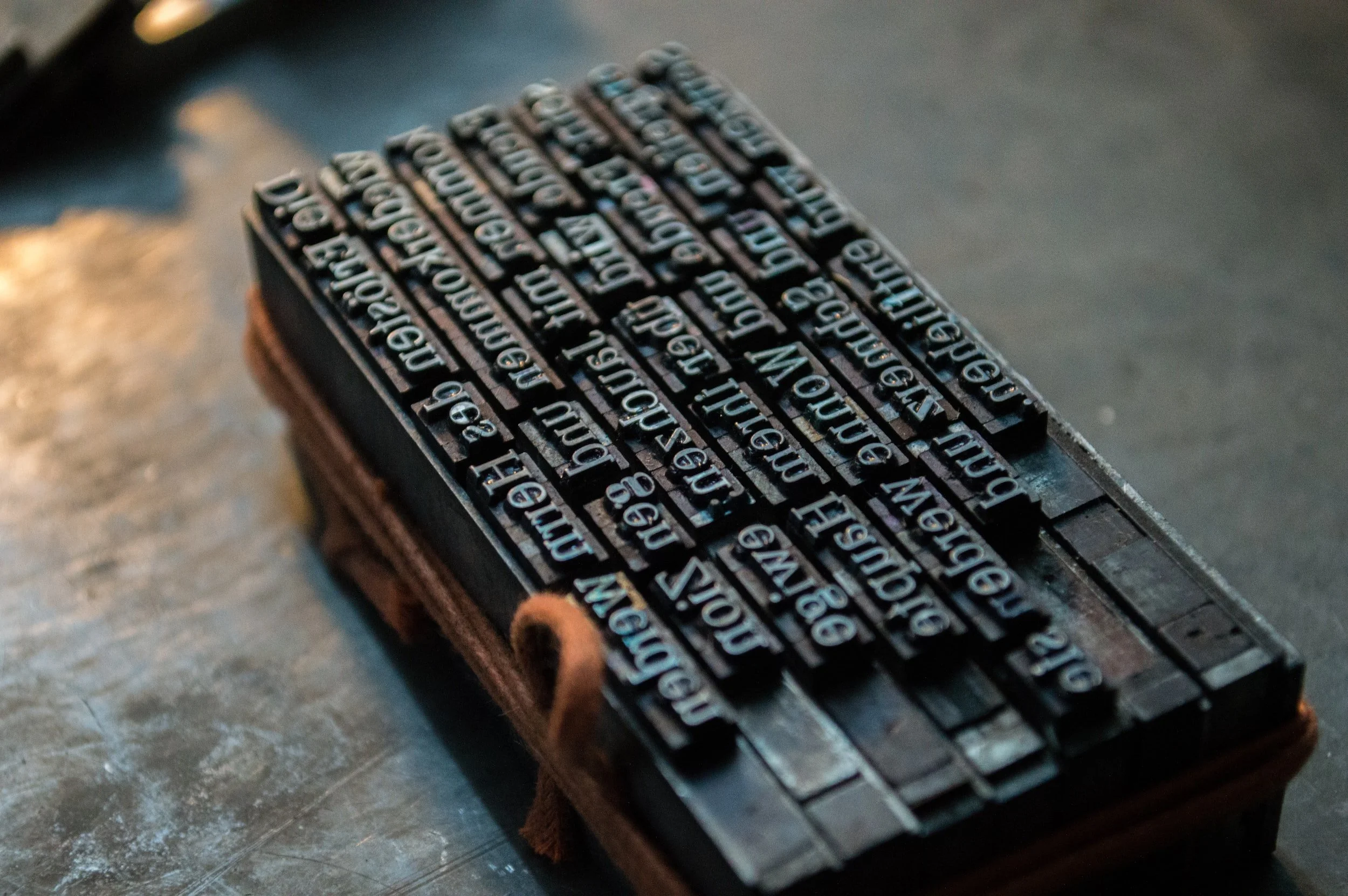Collate Meaning for Printing - Understanding Printing Terms
Printing uses a variety of different specialized terms to make it easier to explain different methods of printing and organization.
This article explains the collate meaning for printing through a concise summary, visual examples, recommendations, and a brief history.
Click the links below to be taken to each section:
If you’d rather leave the organization of your next printing project to the professionals, contact JH French today, and we can begin the planning process.
Collated vs Uncollated
“Collation” refers to a method of organizing pages when printing a document with multiple different pages. See the diagram below to view the difference between collated and uncollated printing.
Most modern printers offer collation options | Image Source
Example
Imagine you wanted to print 100 copies of a 40-page magazine. The first page is numbered 1, the second page is 2, and so on to until you get to page #40.
If you were to print these 100 copies of your magazine without collating, your printer would print all 100 copies of page #1 before moving on to then print all 100 copies of page #2, then page #3, and so on to page #40.
If you were to print your 100 magazine copies with collation, your printer would print pages #1-#40 in order, essentially printing a complete copy of your magazine, before moving on to printing pages #1-#40 of the second copy, and so on.
When Should I Collate?
As you may have guessed, both collating and not collating have their uses.
When to Not Collate
If printing a series of single-page projects, such as pamphlets, flyers, cards, or brochures, collating makes no difference.
However, if you want to print multiple projects with maybe 2-3 pages each, it can be easier to not collate your printing and then group the pages in the correct order by hand after everything has been printed.
This postponed manual grouping is also useful if you want to have some projects contain certain pages and some projects that don’t.
When to Collate
Collated printing is most useful for long-form projects such as magazines and books. Using collation when printing will group each completed item together, meaning you won’t have to put the pages in the correct order yourself.
Generally, longer projects and shorter print runs work well with collation, and other projects are better to not collate.
Collating is essential if you’re printing and binding a book on your own, but if you’re working with a printing company, they’ll handle the collation and page organization for you.
The History of Collation
Collation was originally conceptualized by the Ancient Greeks.
As collation is related to the composition of texts, it has been around almost as long as there have been worthwhile texts to sort through.
We know the practice has been around at least since Ancient Greek Scholars were working in the Library of Alexandria.
These scholars and librarians would often realize they had access to multiple copies of the same manuscript, but each copy had slight differences. They would deconstruct the manuscripts and organize the pages/sections in groups, in order to rebuild the manuscript into an ideal master copy.
This general notion of page organization for the purposes of comparison was helpful during the 4th-5th centuries when the Bible was translated into Latin, as well as during the Carolingian Renaissance and throughout the history of Western textual criticism.
These are letter blocks as used by a manual printing press.
However, it wasn’t until the Gutenburg Printing Press revolutionized printing in the later half of the 15th century that “collation” was defined in the way we use the term today.
Type-setters would arrange the visual layout of newspaper pages using blocks, and then print large numbers of that one page before rearranging their setup to print the next page. Essentially they were printing uncollated.
As analog printing press technology developed, it became easier to print collated copies of books and newspapers. The distinction between collated/uncollated persisted into the digital age when computers are able to communicate with printers to dictate the order that pages are printed.
CHOOSE JH FRENCH FOR YOUR PRINTING NEEDS
JH French offers classic letterpress printing as well as modern digital techniques.
At JH French, you can rely on our 120 years of printing experience to help you get the best-printed products for your business - whether you are printing a unique, creative booklet for a special project or have an annual report ready to go.
If you need to print booklets, business cards, flyers, posters, stationery, forms, or any other documents or projects, we have you covered.
When you choose to work with JH French, you will be working with a full-service printing company that has over 120 years of experience. Get in touch now!
“Highly recommend! They are so patient and accommodating - I came at them with some unrealistic timelines and they not only met our goal, but made it stress-free. They do fantastic work with 5-star customer service!”





